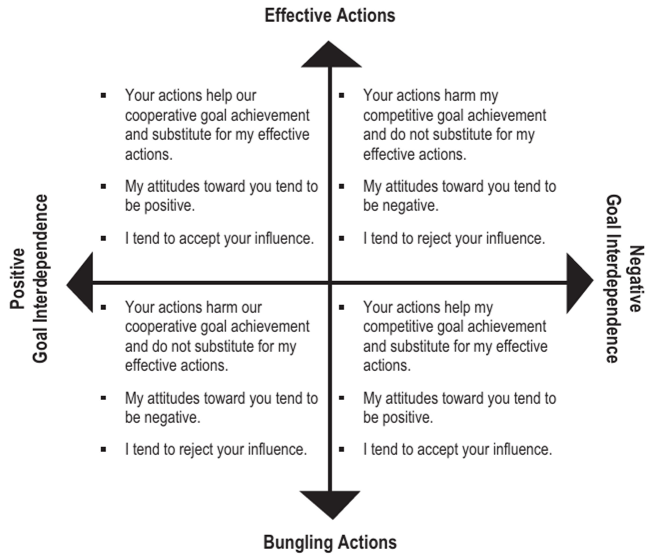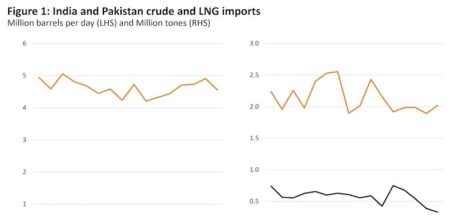By M A Hossain
The global economy now finds itself in an era of uneasy transition—between the liberal order of the past and the fragmented, transactional world of the present. In this fraught environment, the meeting between China’s Vice Premier He Lifeng and U.S. officials in Switzerland (May 9–12) carries implications that stretch far beyond the immediate issue of tariffs. This is no longer just a squabble over trade imbalances. It is a broader test of strategic maturity: Can the United States manage competition without veering into destructive confrontation? And can China engage in reform without viewing every concession as capitulation?
The Trump administration has leaned heavily on tariffs as its preferred tool of economic coercion. Tariffs now target not only steel and aluminium but an expanding list of goods ranging from electric vehicles to medical devices, with rates climbing as high as 145% in some cases. The rationale has shifted with political winds—intellectual property theft, national security, fentanyl trafficking, and even carbon emissions. But the underlying message remains the same: confrontation over cooperation.
There is a certain bipartisan convenience to blaming China for domestic economic pain. It spares Washington the trouble of tackling more politically hazardous reforms—tax codes that reward offshoring, underinvestment in infrastructure, and an educational system struggling to produce skilled workers. But that convenience comes at a cost. According to the Peterson Institute for International Economics, tariffs enacted since 2018 have increased costs for the average American household by roughly $1,300 annually. And they’ve failed to achieve their core objective: rebalancing the trade relationship. The U.S. trade deficit with China has proven remarkably resilient. Imports have simply rerouted through third countries like Vietnam and Mexico, masking the problem rather than solving it.
Moreover, tariffs have failed to halt China’s technological ascent. Despite export controls and investment bans, China continues to invest heavily in strategic sectors—from semiconductors to artificial intelligence—with state-backed financing and policy coordination that Washington can scarcely match.
Washington’s error lies in mistaking punitive tools for a coherent policy. Tariffs are not an economic strategy. They are a symptom of strategic confusion—a substitute for genuine policymaking. And their overuse betrays a lack of confidence in America’s own economic strengths. The U.S. remains the world’s largest and most innovative economy. But rather than build partnerships that could amplify its leverage, Washington has pursued unilateral measures that often alienate allies and embolden adversaries. Europe, while sympathetic to U.S. concerns about Chinese overcapacity and unfair subsidies, remains wary of America’s erratic trade behaviour. Countries in the Global South, meanwhile, see Washington’s trade war as a high-stakes game between giants, in which they are collateral.
China, for its part, has played a longer game. While not without its own provocations, Beijing has responded to American tariffs with restraint—applying targeted countermeasures while signalling openness to dialogue. This isn’t capitulation. It is strategic patience. Chinese leaders understand that economic decoupling is neither practical nor desirable. They have diversified export markets, cultivated domestic consumption, and accelerated efforts at technological self-reliance. Ironically, U.S. pressure has strengthened their resolve, not softened it. Trust in American constancy has eroded, and many in Beijing now view trade talks less as negotiation than as performance art—staged for political audiences in Washington.
That’s not to say China is without challenges. Its economy is burdened by a real estate crisis, demographic decline, and persistent overcapacity. But these weaknesses do not make it pliable. If anything, they may increase its suspicion of foreign influence. The lesson Beijing internalized from the 2018–2019 trade talks—where it made high-profile concessions only to face escalating tariffs—was clear: appeasement invites escalation. That memory still casts a long shadow over current negotiations.
Which brings us to the question of what success would look like in Switzerland. A grand bargain is unlikely. Neither side wants to appear weak in upcoming leadership meetings. But incremental progress is possible—if both parties approach talks with realism instead of rhetoric.
Three principles should guide the negotiations. First, the U.S. must accept that economic diplomacy requires give and take. Demanding unilateral concessions from China while offering nothing in return is not negotiation—it’s posturing. A phased reduction in tariffs, tied to verifiable progress on issues like intellectual property enforcement and market access, would be a rational starting point. It would signal seriousness, not surrender.
Second, trade policy must be disentangled from the wider geopolitical theatre. By conflating commercial issues with security flashpoints—whether Taiwan, Xinjiang, or fentanyl—Washington risks paralyzing every channel of engagement. These matters are serious, but progress in one domain should not be held hostage to stalemate in another. A compartmentalized approach, akin to the Cold War’s arms control diplomacy, may offer a more sustainable model.
Third, trust must be slowly rebuilt. This means abandoning the illusion that trade is a zero-sum game. It also means recognizing that China’s economic model, however illiberal, is a permanent fixture of the global system. The U.S. should continue pressing for reform—but through persistent engagement, not punitive isolation.
If talks collapse—or worse, devolve into another round of retaliatory tariffs—the consequences will be global. Markets, already unsettled by inflation and supply chain fragility, could tip into volatility. Developing economies, reliant on stable trade flows, would suffer disproportionately. And America’s credibility as a steward of the global economic order would take another hit. Allies would be left wondering whether Washington’s trade posture is driven by strategy or by short-term electoral calculus.
The real strategic test is whether Washington can think beyond the next headline. Tariffs may deliver short-term political wins, but they do not build coalitions, inspire reform, or shape global norms. For that, the U.S. needs a trade policy anchored in confidence, not grievance—in strategy, not slogans.
The Switzerland talks, then, are not merely a waypoint in a long-running trade dispute. They are a referendum on how the United States views its role in the world. Is it a self-assured leader, capable of shaping a cooperative order? Or a defensive power, trapped in a cycle of reactive policymaking?
The world is watching. If the U.S. continues to treat trade as a cudgel rather than a tool of mutual advancement, it risks accelerating the very fragmentation it claims to oppose. But if it can demonstrate the strategic maturity to turn competition into constructive engagement, it might just chart a path forward—not only for U.S.-China relations, but for a global economy in desperate need of stability and vision. (IPA Service)
By arrangement with the Arabian Post




 Employment Opportunity Brightens In India’s Defence Manufacturing Sector
Employment Opportunity Brightens In India’s Defence Manufacturing Sector 